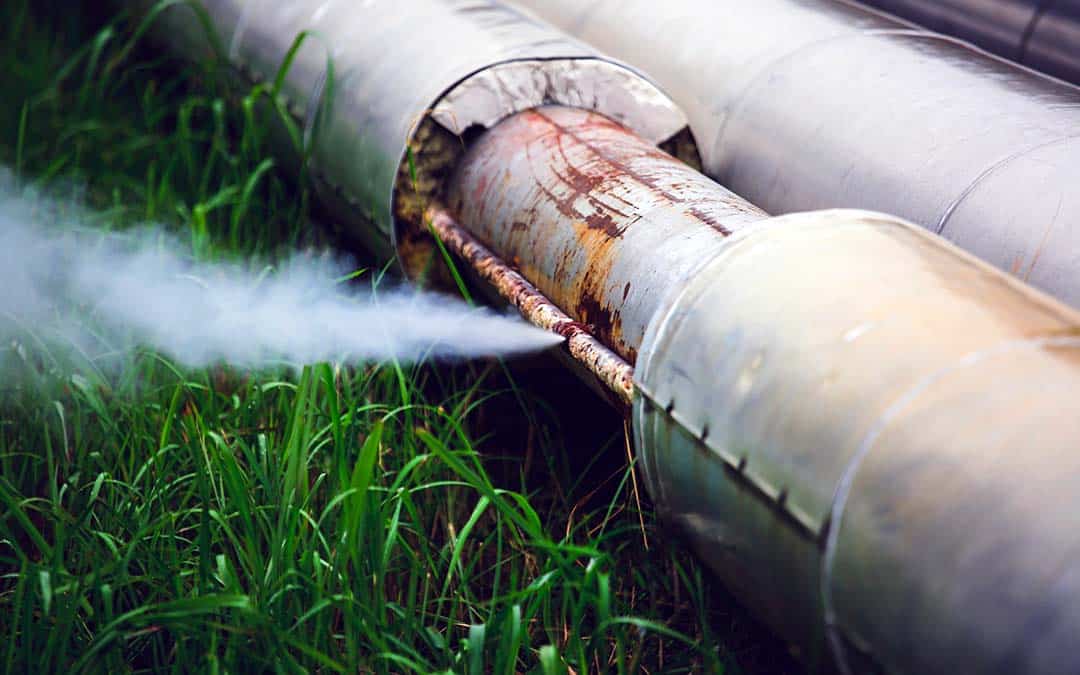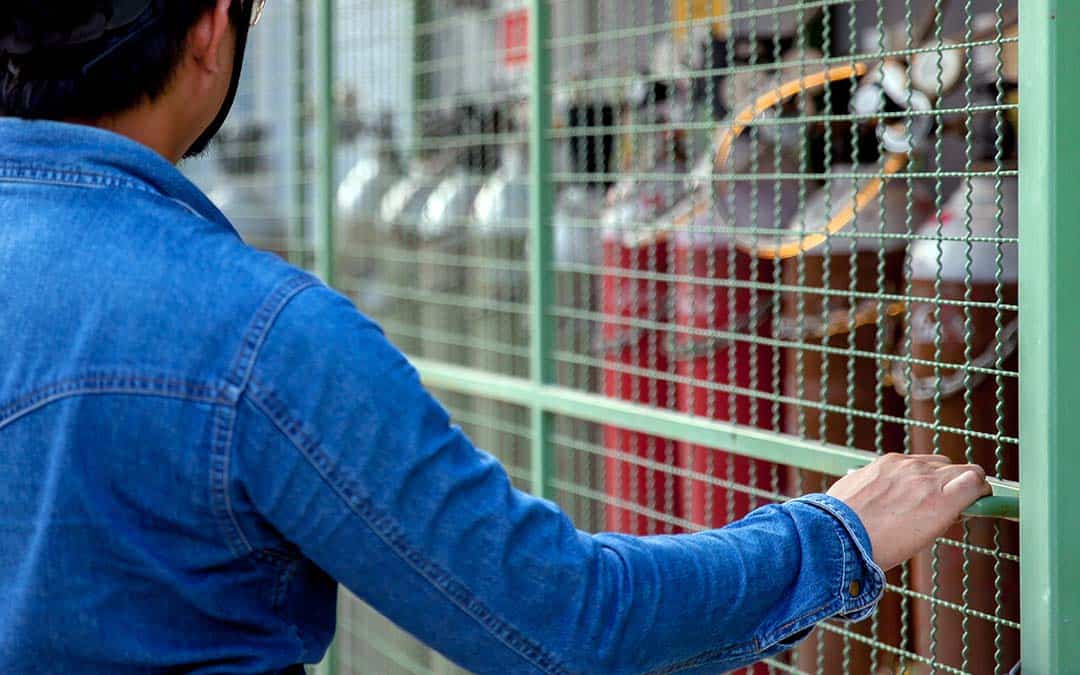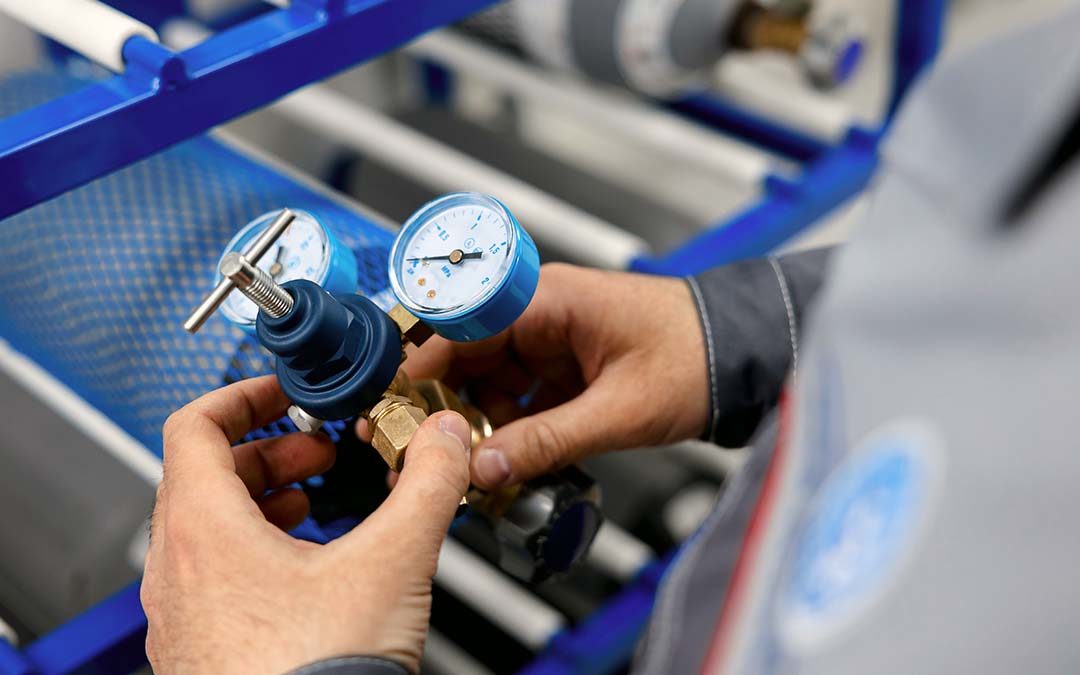Medical gasses save lives, but could be killing the environment as well if not properly accounted for. Many medical gasses typically used for pain relief and anesthesia, when released into the atmosphere, can be an incredibly potent greenhouse gas. Cambridge University Hospital (CUH) NHS Foundation Trust has taken action to reduce the environmental impact of the gasses given to their hospital patients.
Medical Gasses Turned Greenhouse
Nitrous oxide is a common gas used in hospital care, used to assist sedation in or for pain relief. It typically is used for medical procedures, dental procedures, and even veterinary procedures. Safe and non-flammable, it’s proven to be useful in a large range of settings. But compared to carbon dioxide, nitrous oxide is 300 times more potent as a greenhouse gas. It can be released into the atmosphere simply from patients exhaling, or from leaks of unmonitored piped networks.

Another environmentally detrimental medical gas is desflurane. Desflurane is a volatile gas used as a rapidly-working anesthetic, typically before and during surgery for adults. Desflurane can also be used to maintain anesthesia in pediatric patients. Although helpful and in small volumes, desflurane has an atmospheric impact equivalent to burning 440 kg of coal.
Solutions to Help the Environment
CUH has been vocal about their commitment to becoming a net-zero organization by 2045 in terms of their carbon footprint. With up to 5% of NHS’ carbon footprint deriving from anesthetic practices, they hope to halve this percentage by minimizing nitrous oxide and desflurane waste and providing alternative practices.

By using sound detection technology, CUH’s sustainability team has been successful in identifying and fixing leaks in their extensive piped nitrous oxide supply network. This has already reduced gas wastage, but their ultimate goal is to eventually move away from piped distribution to mobile cylinders, a more secured gas management method.
Not only this, CUH plans to reduce desflurane use to less than 5% in overall volatile anesthetic gas consumption. They plan to do this by switching to alternative options such as total intravenous anesthesia. This brings overall long term cost savings, which can cycle back to further fund education and equipment for gasless practices.
CUH doesn’t plan on stopping there. With their Action 50 Green Plan, they plan to continue to do their part in tackling the climate emergency with a range of actions, including upgrading buildings and infrastructure, building a comprehensive linked purchasing, use and sustainable waste management system, and exploring active and low carbon travel options.
CalOx Inc is a medical gas supplier and can help supply your business, facility or individual with medical-grade gasses. Whether you need medical oxygen, nitrous oxide, or carbon dioxide gasses, our company is built to deliver medical-grade gasses to businesses like yours. If you’re a small or medium-sized business in the Greater Los Angeles area, contact us today for your free quote.
